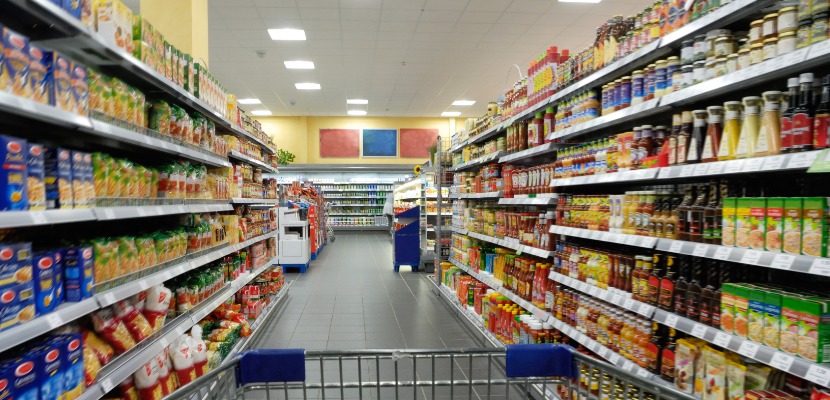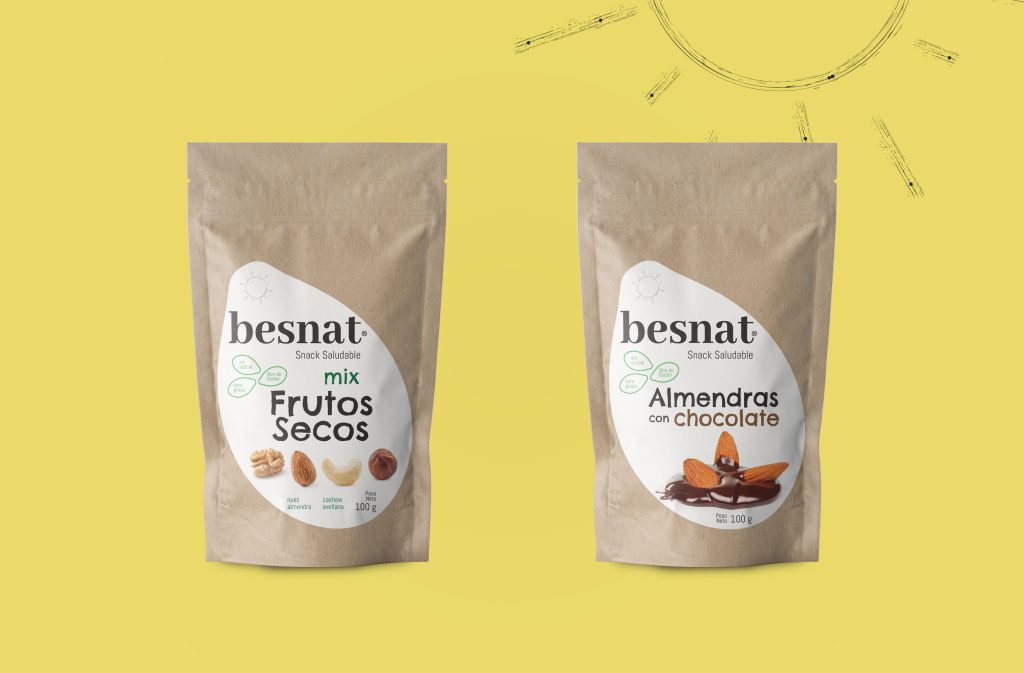
The term packaging originates from English and refers to the wrapping, presentation, or container of a product for its commercialization. However, packaging should not be viewed solely in its functional sense as the material used to contain an item for transport—it encompasses much more than that.
Beyond protecting the product and serving as an identifier for practical transportation, packaging plays a crucial role in a company’s marketing strategy. For this reason, it deserves the attention and relevance it demands.
A product’s marketing strategy should focus on achieving the goal of placing it among the top sellers in its market. Thus, packaging design not only fulfills its basic functions but also considers its visual appeal—from color and packaging model to textures, originality, and overall design.
When it comes to the functionality of packaging, several factors should be considered, including the target audience, the product’s shelf life, the distance it will travel from production to distribution, and its eventual interaction with the consumer.
However, let’s focus on the communication aspect of packaging as part of a marketing strategy to attract buyers and consumers effectively.
As with any marketing strategy, understanding the competition is essential. Packaging serves as a product’s business card—a first impression that should captivate and convince the consumer.
To stand out, examine what your closest competitors are offering and strive to improve upon it. Avoid copying their designs; instead, aim for something novel and visually compelling that sparks curiosity in the consumer, enticing them to discover what’s inside. The packaging should make them wonder if the product inside is as good as it looks on the outside.
When designing packaging with marketing in mind, always prioritize the consumer’s experience.
Packaging must communicate several key messages to the consumer:

By giving proper importance to your product’s packaging design, you can significantly increase your sales. Packaging is not just about protecting, transporting, or distributing a product—it’s about going beyond functionality.
Your packaging should become one of your primary marketing strategies, driving substantial revenue growth.
At Firstrein, we understand this perfectly. That’s why our packaging design services are an investment that will make your product stand out and exponentially grow your sales.
Firstrein Design Company LLC Ⓒ — All Rights Reserved.
Top